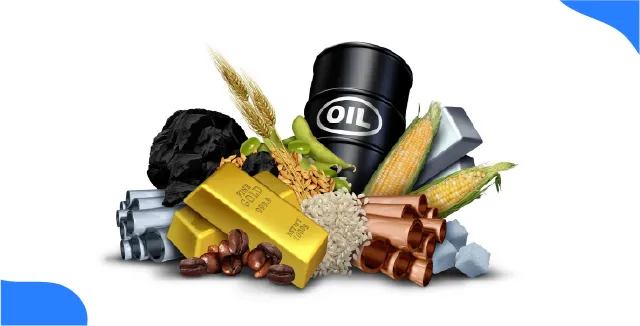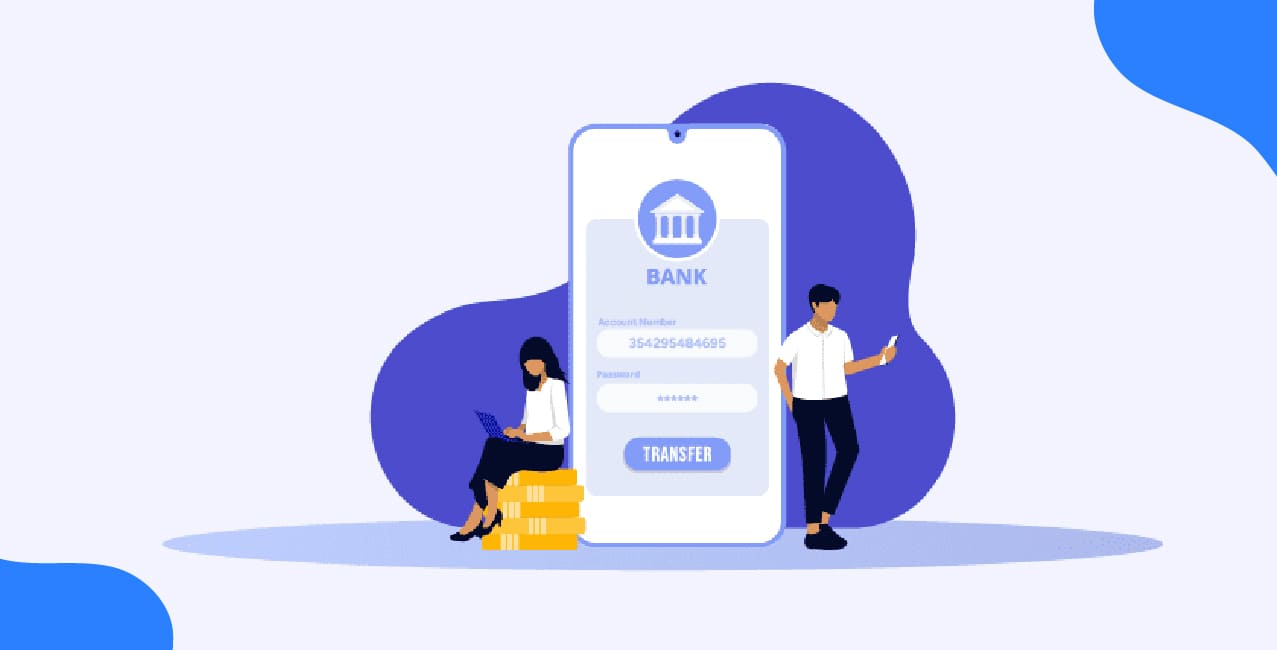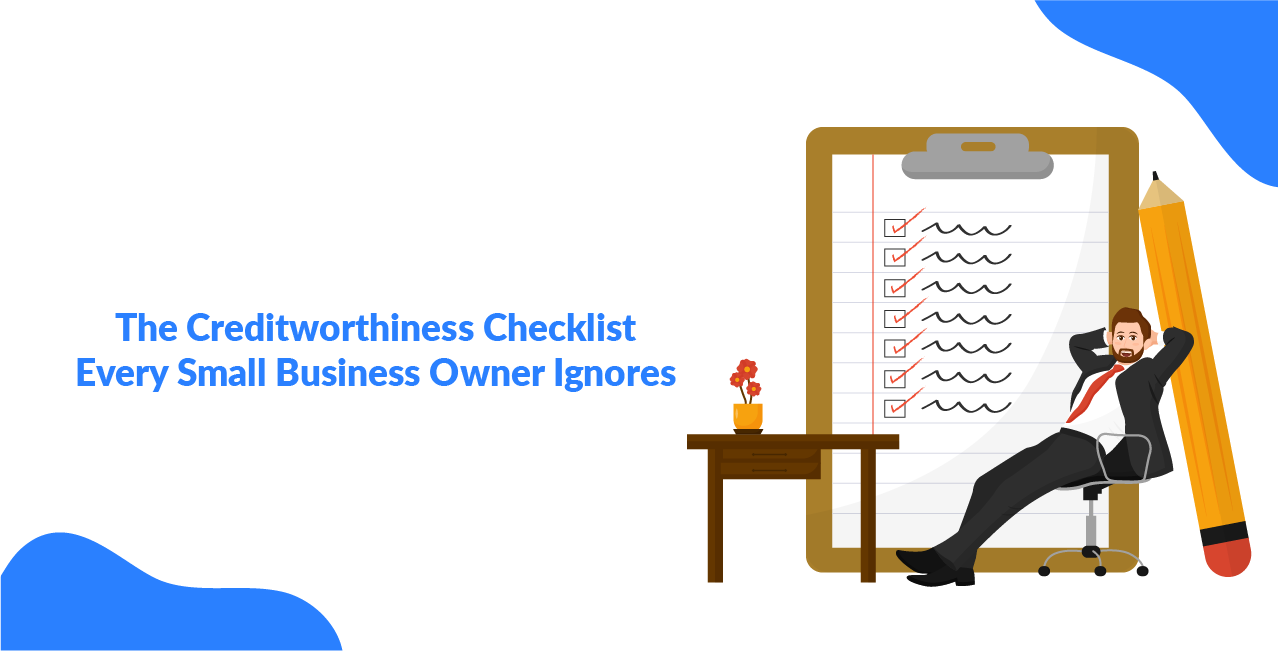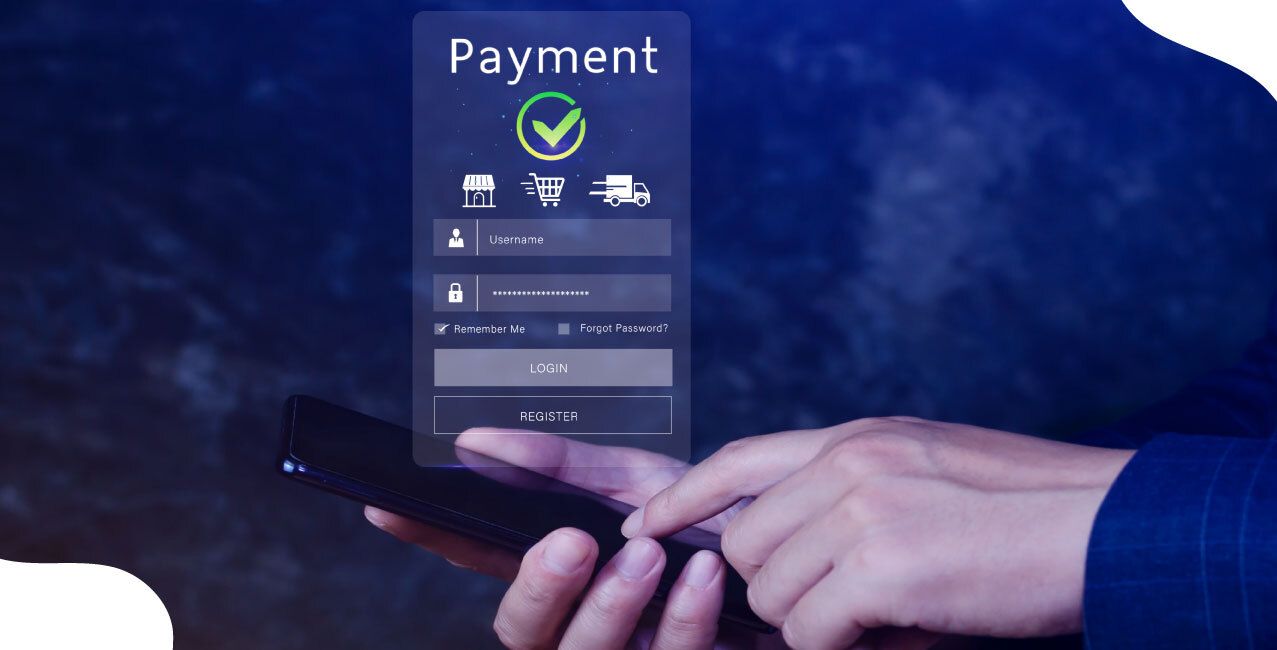
Author
LoansJagat Team
Read Time
5 Min
24 Jul 2025
What is a Commodity? Types, Examples & Market Use
A basic good that trades in it is what is called a commodity, such as gold, oil or wheat. It is even capable of being traded in exchange for other goods of a similar nature.
Example:
Raj puts ₹20,00,000 each year in commodities. He also purchases gold, silver and crude oil since the prices change often, which provides him with an opportunity to make profits.
Types of Commodities:
Key Market Insights:
- The prices of commodities are supply and demand dependent.
- Investors also deal with commodities to diversify their portfolios.
- Prices are influenced by global situations (wars, weather).
Raj also undergoes an analysis of the market trends before making strategic investments. The commodities assist him in risk and reward. This article helps you understand the Commodities, its types, and
What is a Commodity?
A commodity can be described as a simple business product that is utilised, such as oil, gold or wheat. It can be sold, bought, or traded as every good does.
Example:
Raj annually invests ₹20,00,000 in commodities. He invests in gold, silver and crude oil since they fluctuate and enable him to make money when timely.
Types of Commodities:
How Commodity Markets Work?
- Prices depend on supply (how much is available) and demand (how much people want).
- Investors trade commodities to spread risk in their portfolio.
- Global events like wars, weather, or economic changes impact prices.
Raj monitors the market trends prior to investing. The commodities make him increase his money while taking equal risks.
Types of Commodities
The commodities are just simple products that individuals purchase, sell, and trade. They may be foods, meat, energy or even raw materials such as metal.
Read More - What is Binary Trading
Example:
Investment: Raj spends an amount of ₹20,00,000 every year on various commodities. He diversifies his finances in gold, oil, and wheat since they do not respond similarly in the market.
Main Types of Commodities:
Key Points About Commodities:
- Prices change daily based on supply, demand, and global news.
- Some commodities (like gold) are safer, while others (like oil) are riskier.
- Farmers, factories, and investors all trade commodities.
Raj looks at the market before investing. He makes the selection of different types of investments, which minimises the risk of making good returns.
How Commodities Are Traded?
The trading of goods is done by exchanges, whereby the buyers and the sellers negotiate on the prices. They are either purchased physically or on a contract basis without delivery.
Also Read - Market Trends and Economic Indicators
Example:
Raj uses ₹20,00,000 in the commodities business without his hands getting reddened by gold bars or oil barrels. He transacts with his stockbroker in various ways.
Ways to Trade Commodities:
Key Trading Facts:
- Most trading happens electronically on exchanges like MCX, NYMEX.
- Futures help farmers and industries hedge price risks.
- Retail investors like Raj typically trade through brokers.
- Prices fluctuate based on global supply, demand and geopolitics.
Raj likes futures and ETFs because they are convenient. His broker aids him in the tracking of prices and making safe trades.
Conclusion
Commodities trading also provides portfolio diversification to an investor like Raj, who had a portfolio of 20,00,000 rupees that was previously restricted to stocks and bonds. Raj can benefit from price changes in gold, oil, and agricultural goods by investing in these commodities and shielding his capital against inflation.
He does not even have to hold material properties - through ETFs and other means, he has the opportunity to participate in the commodities market and trade from home. Although commodities may be risky, Raj is versatile in his investments, diversifying across various markets and staying updated on global market trends.
His broker advises him on how to buy or sell, depending on factors such as weather patterns, political events, and economic reports. In the case of Raj, commodities form just a portion of his balanced investment portfolio, and commodities enable him to ride the opportunities whilst being conscious of the risks associated with this most basic of goods, commodities, on which our world runs.
FAQs
1. What exactly is a commodity?
A commodity is a basic product used worldwide, like gold, oil, or wheat. These are raw materials that people buy, sell, and trade, either physically or through contracts.
2. How can I start trading commodities?
You can start by opening an account with a broker who offers commodity trading. They’ll help you buy futures, ETFs, or other instruments without needing to handle physical goods.
3. Is commodity trading risky?
Yes, prices can change quickly due to weather, politics, or global demand. But spreading your investments (like Raj does) can help manage the risk.
4. Do I need a lot of money to trade commodities?
No, you can start small with ETFs or mini contracts. Raj invests big (₹20,00,000), but beginners can trade with much less.
5. What’s the difference between futures and spot trading?
Futures let you agree on a future price today, while spot trading means buying/selling at the current price immediately.
6. Why do people invest in gold and silver?
They’re seen as safe during inflation or economic uncertainty because they tend to hold value over time.
7. How do global events affect commodity prices?
Wars, droughts, or economic changes can disrupt supply or demand, making prices go up or down suddenly.
8. Can I lose all my money in commodities?
If you trade carelessly, yes. But smart traders like Raj set limits and diversify to protect their investments.
9. What are commodity ETFs?
They are funds that track commodity prices, letting you invest without dealing with futures contracts directly.
10. Should I trade commodities for quick profits?
Not necessarily. While some traders make fast money, others (like Raj) take a long-term approach to balance risks and rewards.
Other Related Pages | |||
About the Author

LoansJagat Team
‘Simplify Finance for Everyone.’ This is the common goal of our team, as we try to explain any topic with relatable examples. From personal to business finance, managing EMIs to becoming debt-free, we do extensive research on each and every parameter, so you don’t have to. Scroll up and have a look at what 15+ years of experience in the BFSI sector looks like.

Quick Apply Loan
Subscribe Now
Related Blog Post


